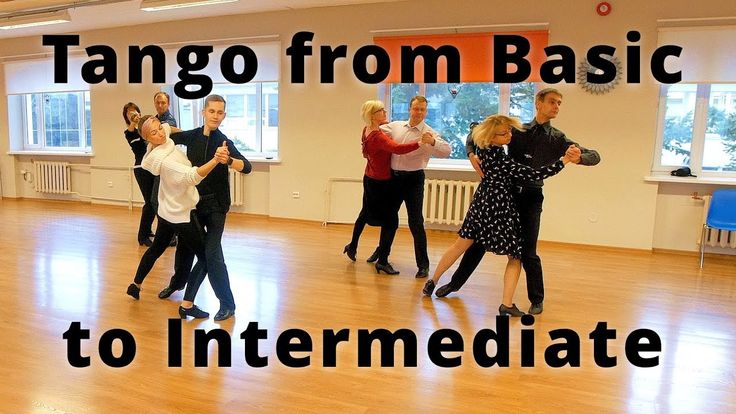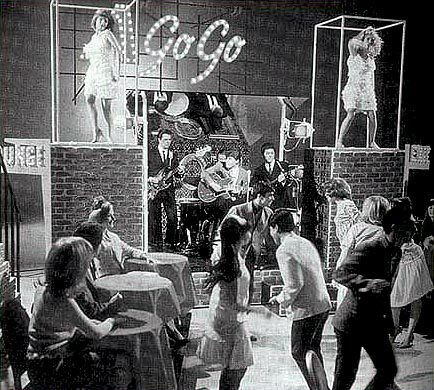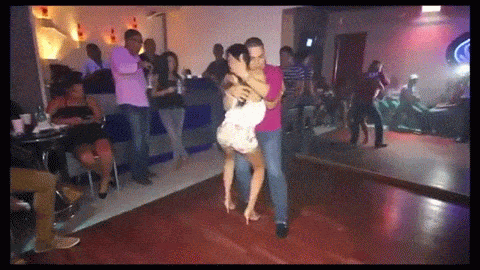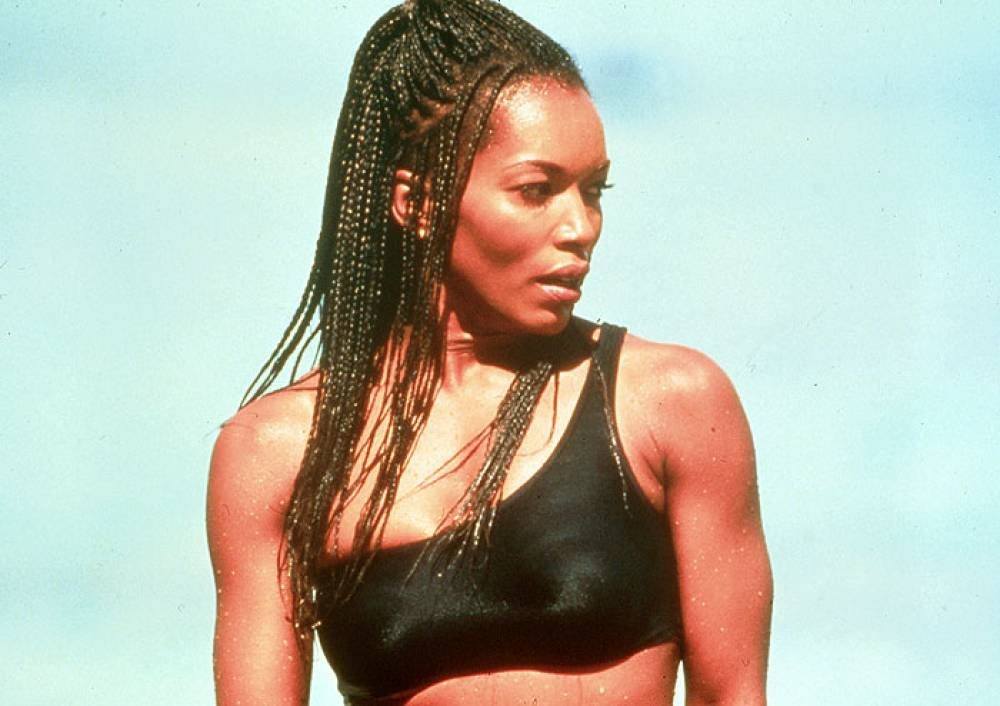How to relieve sore muscles from dancing
21 Pain Relief Solutions for Dancers
Dance takes a lot of dedication, hard work, and strength, and sometimes it leads to pain. From sore muscles after a long practice to injuries from a fall to foot pain after dancing on pointe, dancers can end up with painful injuries.
Is hip pain limiting the height of your leg lifts? Are you hesitating to move into arabesque due to lower back pain? Is foot pain making it difficult to go into a plie? Pain may be impacting your dancing, but you have options!
Thankfully, there are several ways to relieve minor aches and pains at home. For more serious injuries, you may need to contact a medical professional, such as a physical therapist, athletic trainer, or doctor.
Learn more about common dance injuries, why they occur, how to prevent them, and ways to relieve your pain (including alternatives to medication).
Jump straight to 21 pain relief options!
Learn all about dance injuries or skip to specific topics by clicking below!
- 23 Common Dance Injuries
- Why do dance injuries occur?
- When should I contact a medical professional?
- How can dance injuries be prevented?
- Dance Injury Statistics
- 21 Ways to Relieve Dancers’ Pain
Dance Injuries by the Numbers
23 Common Dance InjuriesOveruse injuries are most common in dancers and often involve the hip, leg, or foot. Other injuries are due to accidents such as falls or landing the wrong way after a jump. Common dance injuries include:
Common Dance Injuries |
|||
|
|
||
Dance is a physically demanding sport.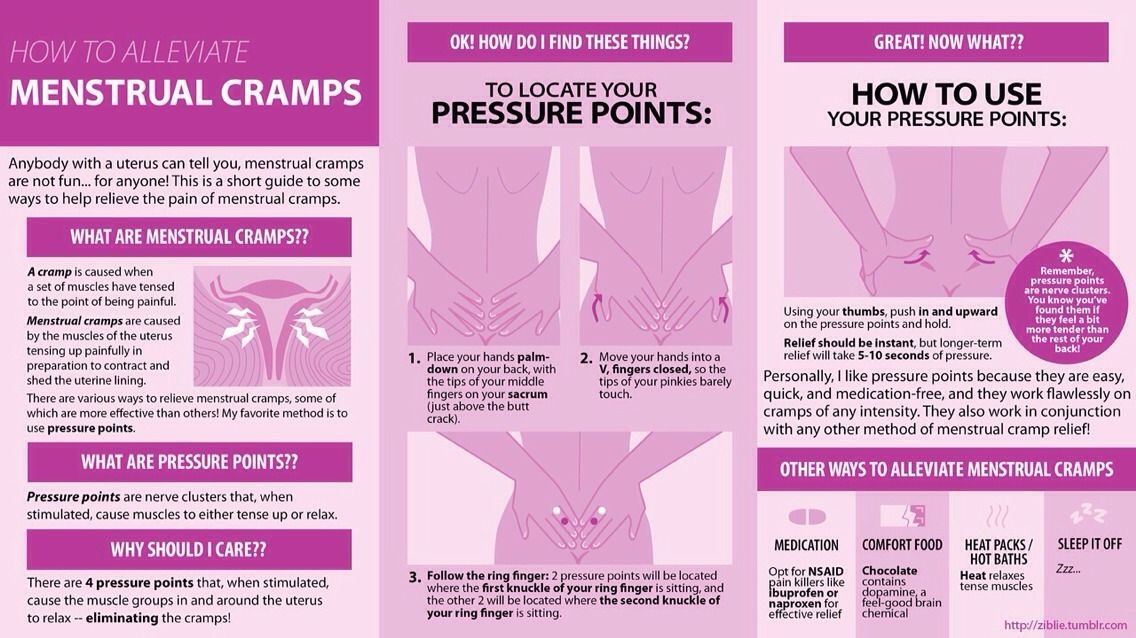 It requires repetitive movements for several hours a day during practice. According to several studies, dancing for five or more hours a day lead to an increased risk of stress fractures and injuries.1
It requires repetitive movements for several hours a day during practice. According to several studies, dancing for five or more hours a day lead to an increased risk of stress fractures and injuries.1
Additionally, dancers often have little time to recover between practices and typically have no “offseason”. Restrictive diets, nutritional deficiencies, and low body weights can also contribute to injuries.
Other causes include frequency of classes/rehearsals/performances, duration of training, equipment used (esp. shoes), environmental conditions (hard floors, cold studios, etc.), and prior injury history.
“The most common injuries I see with teaching teenagers comes from not properly warming up the body. They often want to just "get right into the hard stuff" and are not patient enough with a sufficient warm-up. I specialize in a contemporary style class so I believe there should be about 15-20 minutes per class to warm-up the entire body.
Also, overworking themselves is another common cause of injury. When a dancer does encounter an injury, they often don't allot enough time to recover before returning to training. I've seen numerous dancers over the 15 years I've been teaching come back to dance after an injury and almost "re-injure" themselves. Recovery time and PT is essential after an injury.”
- Stephanie Ruch, Co-artistic Director of Artists Revealed
After dancing, some muscle soreness for 24-48 hours is normal. Muscles may take a few days to get sore (delayed onset muscle soreness aka DOMS), but that is also common.
However, if you experience the following types of pain, you may have suffered a more severe injury:
- Any hit to the head or whiplash movement of the neck that causes any pain or a change in behavior
- Pain that wakes you up at night
- Pain that is present at the beginning of an activity
- Pain that increases with an activity
- Pain that makes you shift your weight, limp, or otherwise compensate
- Soreness that lasts several days
- Bruising or joint swelling
- Pain that limits your ability to dance (fewer repetitions, leaving class early, not trying a new movement)
- Difficulty lifting your arms
- Pain that you are constantly thinking about
- Pain that lasts when sitting in class or resting at home
- Pain that requires medication to get you through class
- Any pain that makes dance less enjoyable
No one wants to be the injured dancer that lets down their troupe, that misses out on the big dance competition, that doesn’t get the big role.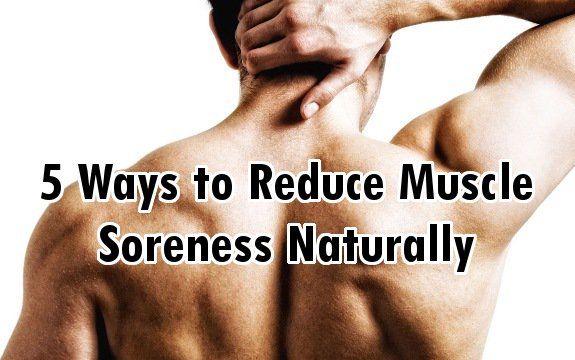 But it’s better to pay attention to small warning signs and tweak your participation than to wait and have a major injury sideline you from all activities.
But it’s better to pay attention to small warning signs and tweak your participation than to wait and have a major injury sideline you from all activities.
If you think you have experienced a serious injury, talk to a medical professional. And when in doubt, err on the side of caution and visit a medical professional.
How can dance injuries be prevented?There are steps you can take to reduce your risk of injury as a dancer. Follow these tips:
- Wear properly fitting shoes and clothing
- Stay hydrated! Drink plenty of fluids and eat well
- Pay close attention to the correct technique and use it!
- Perform a proper warm-up and cool-down
- Get enough rest and don’t overtrain
- Take the next day off after a high intensity activity
- After working at your highest intensity a couple of times a week, take off two days in a row
- After the dance season ends, take three to four weeks of rest
- Do cross training to build up your strength and endurance (consider yoga, Pilates, swimming, or biking)
- Don’t dance through pain! When an injury occurs, address it immediately and get advice from a doctor, PT, or athletic trainer.
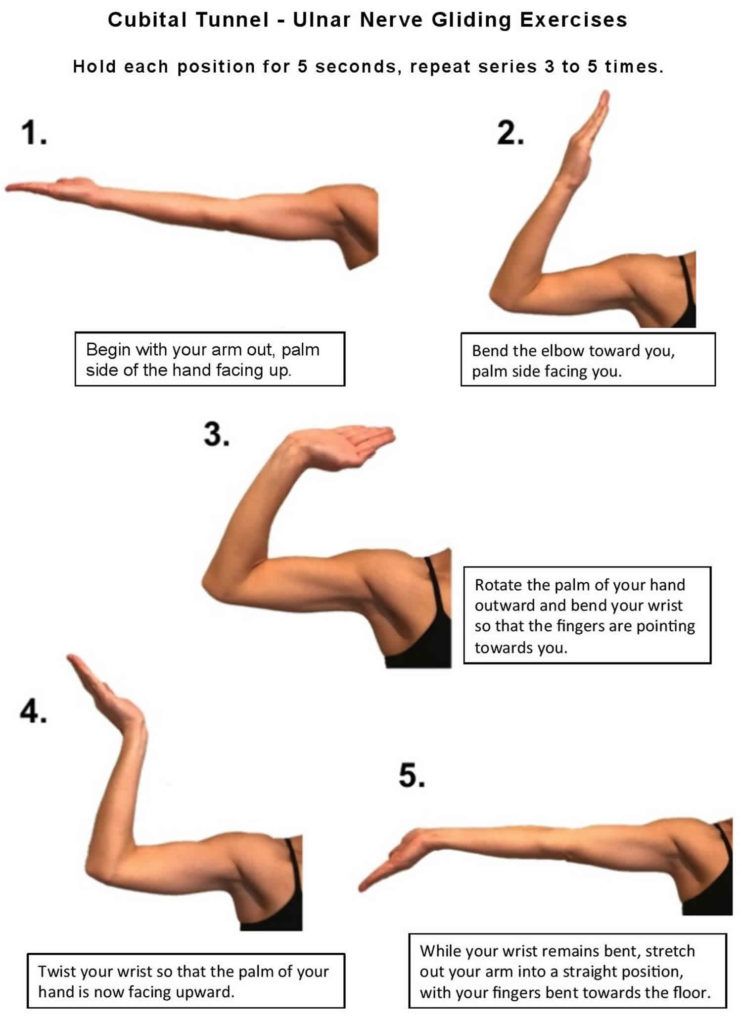
- Be mindful of your body’s limits and don’t push too fast, too soon
- Lead a healthy lifestyle
A study by the Research Institute at Nationwide Children’s Hospital examined dance-related injuries among children and adolescents (3 to 19 years of age) from 1991 to 2007 who were treated in the emergency department.
They found that:
- From 1991-2007 there was a 37% increase in dance-related injuries
- The most common injuries were sprains/strains
- The most common cause was falls
- The most common age at injury was 15-19 years old
- Injuries most often occurred in the lower extremities (21% ankle, 17% knee, and 12% foot)
Learn more about the study’s results by watching this video!
Or check out this infographic from Nationwide Children’s!
21 Ways to Relieve Dancers’ PainTalk to your doctor, physical therapist, athletic trainer, or medical professional about your pain relief options.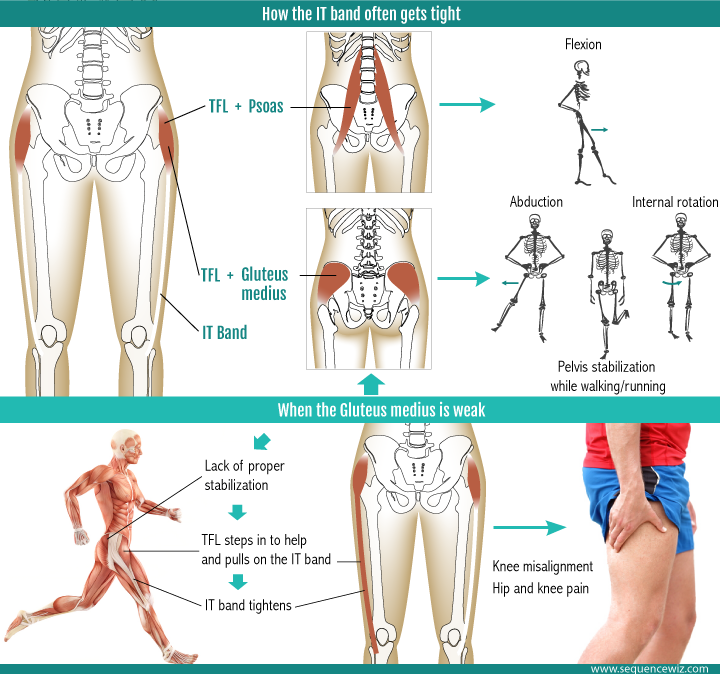 Here are a variety of options that they may recommend to relieve your pain.
Here are a variety of options that they may recommend to relieve your pain.
Explore our whole list or choose your preferred pain relief method to jump to specific options!
- Medication
- Cryotherapy – Cold Pain Relief
- Thermotherapy – Hot Pain Relief
- Hot and Cold Pain Relief
- Tape and Other Supports
- Massage and Foam Rolling
- Stretching, Exercise, and Technique
- Additional Pain Relief Options
1. NSAIDs (nonsteroidal anti-inflammatory drugs)
Dancers often pop painkillers as a preventative measure before practice or to relieve pain or cramps after rehearsal, but they shouldn’t be taken all the time and can have serious side effects.
NSAIDs are a class of pain relieving and inflammation reducing medications that includes ibuprofen (Advil, Motrin), naproxen (Aleve), and salicylates (aspirin). Salicylates can cause Reye’s syndrome in children and teens (a serious condition where the liver and brain are injured) and shouldn’t be taken. Other NSAIDs have minor side effects, like dizziness or constipation, and more serious side effects like ulcers or a higher risk of heart attack or stroke.
Other NSAIDs have minor side effects, like dizziness or constipation, and more serious side effects like ulcers or a higher risk of heart attack or stroke.
You should always let your doctor know if you are taking NSAIDs if you are on other medication or if you are taking the pills for more than two consecutive days.
One of the biggest risks is that taking NSAIDs regularly may prevent you from knowing that your injury is getting worse. They help mask the pain, but the medication isn’t a practical long-term solution.
Use NSAIDs sparingly for short term pain relief and try some of the other suggestions below first, like ice, stretching, and improving your technique.
Cryotherapy – Cold Pain Relief2. Ice
One of the classic components of RICE (rest, ice, compression, elevation), ice is often used to relieve pain. It reduces inflammation and swelling and numbs the area to reduce your pain. Use heavy duty ice bags to contain the mess that ice makes as it melts. You can buy a big roll and split them with other dancers to save money. Remember that ice is best for recent injuries, up to 48 hours after injury.
You can buy a big roll and split them with other dancers to save money. Remember that ice is best for recent injuries, up to 48 hours after injury.
3. Biofreeze
Pain relief with less mess is possible with Biofreeze! The topical analgesic is applied to your skin to relieve pain. It’s available in a variety of forms including gel, spray, roll-on, and cream. In one study, people preferred Biofreeze over ice 2:1. The menthol provides cool relief for aches and pains.
|
4.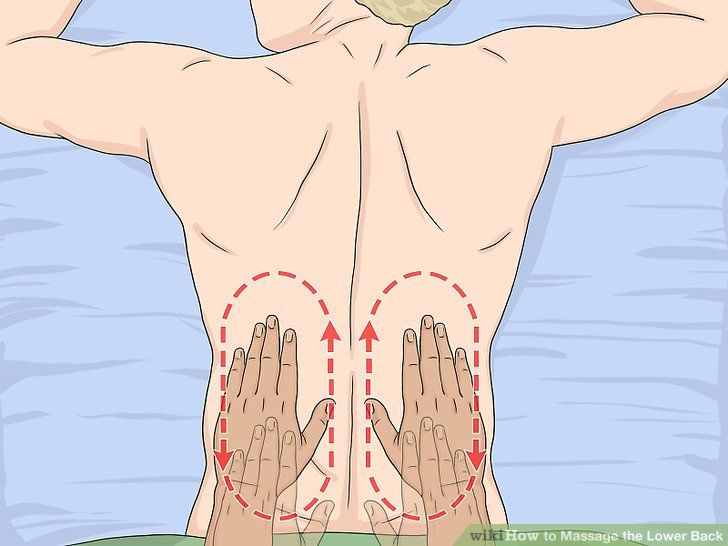 Hyperice Compression
Hyperice Compression
Combine ice and compression with the Hyperice Compression! Choose from shoulder, knee, and back options for effective icing of sprains, strains, and pre- and post-surgery injuries. Target your pain with Hyperice Compression cold therapy and achieve two elements of RICE at one.
Thermotherapy – Hot Pain Relief5. Heating Pads
While ice can help relieve recent injuries, heat is best for more chronic pains that are two or more days old. Moist heat pads can help decrease muscle pain and spasms and increase your range of motion. They are a great way to warm up prior to a practice or competition after coming back from a recent injury. Choose from a variety of sizes to fit your dance injury needs.
6. Rocksauce Fire
This topical roll-on provides hot pain relief. Relieve your discomfort from sore muscles or joints with Rocksauce Fire. Get quick pain relief now!
7. Hyperice Venom
Looking for heat and vibration? You’ve found it with the Hyperice Venom. Warm, loosen, and relax your stiff and sore muscles with the Venom. Choose from back, knee, and shoulder options to help relieve your pain at home or before or after dance class.
Warm, loosen, and relax your stiff and sore muscles with the Venom. Choose from back, knee, and shoulder options to help relieve your pain at home or before or after dance class.
8. TheraPearl Color-Changing Hot and Cold Packs
While cold therapy is recommended for recent injuries and heat is recommended for older injuries, you should really use whatever feels best and relieves your pain. If you’re not sure which to pick, choose TheraPearl Hot and Cold Packs and try both! The 2-in-1 packs can be frozen in the freezer or warmed up in the microwave.
You can use one pack as you progress in your injury recovery. Plus, they change colors, turning purple when cold and white when hot. You can choose from a variety of options including ankle, knee, and back wraps, and even more options.
Tape and Other Supports9. Kinesiology Tape
Kinesiology tape can be used to help support muscles and joints without limiting your range of motion.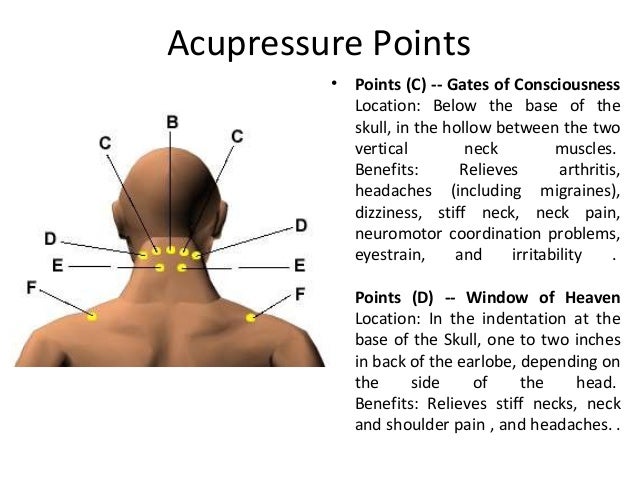 This make it a great choice for support during dance class and other activities. Choose from a variety of colors from electric green or hot pink to basic beige or black. TheraBand Kinesiology Tape has XactStretch Indicators to help you ensure the right amount of tape stretching. Learn more about how to apply it in these videos!
This make it a great choice for support during dance class and other activities. Choose from a variety of colors from electric green or hot pink to basic beige or black. TheraBand Kinesiology Tape has XactStretch Indicators to help you ensure the right amount of tape stretching. Learn more about how to apply it in these videos!
10. Athletic Tape
If you’re looking for more support, choose Cramer Athletic Tape. Zinc Oxide tape is a favorite of athletic trainers to help reduce the risk of injury and support healing sprains and strains. The tape offers your joints the support they need to help reduce your pain.
11. Back Supports
If you suffer from back pain, a back support can help. It protects sprains and strains while they heal and gives your back the added support it needs. Check out the RolyanFit Mesh Back Support!
12. Orthotic Shoe Inserts
Sore feet? Add an orthotic shoe insert to your everyday shoes. They’ll offer support and comfort for your feet when you’re not dancing.
13. Foam Rolling
Foam roll before or after dance to help reduce soreness. You can choose a full-size foam roller for use at home or a smaller roller to fit in your dance bag. For extra myofascial release when rolling, add a roller wrap. The ridges massage your muscle tissue, and the TheraBand Roller Wraps are proven to relieve and reduce pain caused by delayed-onset muscle soreness (DOMS).
For deep muscle massage, consider a vibrating massage roller. The Hyperice Vyper 2.0 offers 3 vibration settings. Choose this roller to loosen muscles, reduce pain, and increase flexibility.
14. Foot and Body Massage Rollers
Massage is a terrific way to warm up your muscles before class or to relieve soreness afterwards. Use the TheraBand Roller Massager+ to target specific muscles and reduce your pain. The portable version has retractable handles and is easy to fit in a purse or dance bag. It’s smaller than a foam roller, which saves you space!
Foot pain? The TheraBand Foot Roller can help! Small and compact, it gently massages your foot as you roll it back and forth.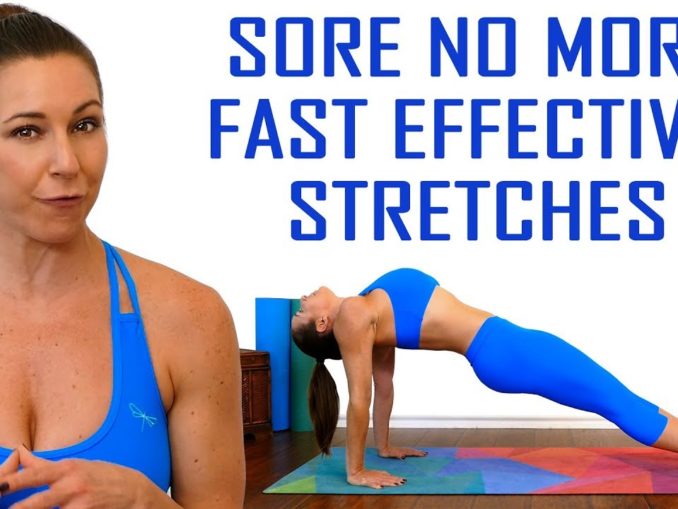 Keep it in the fridge or freezer to help reduce inflammation and relieve pain at the same time.
Keep it in the fridge or freezer to help reduce inflammation and relieve pain at the same time.
|
15. Vibrating Massagers
While massagers with vibration features are often more expensive, they are a great way to get relief for stiff, tense muscles. Plus, they help improve your range of motion. Check out the Hypersphere Mini for a vibration massage ball that won’t break the bank! Or for more targeted vibration massage therapy, check out the Hyperice Hypervolt Vibration Massage Device.
16. Massage Balms and Cremes
Another choice for a soothing massage is to use a massage cream. Bon Vital Muscle Therapy Creme is designed for use on tired, sore muscles to help soothe the pain and hydrate your skin.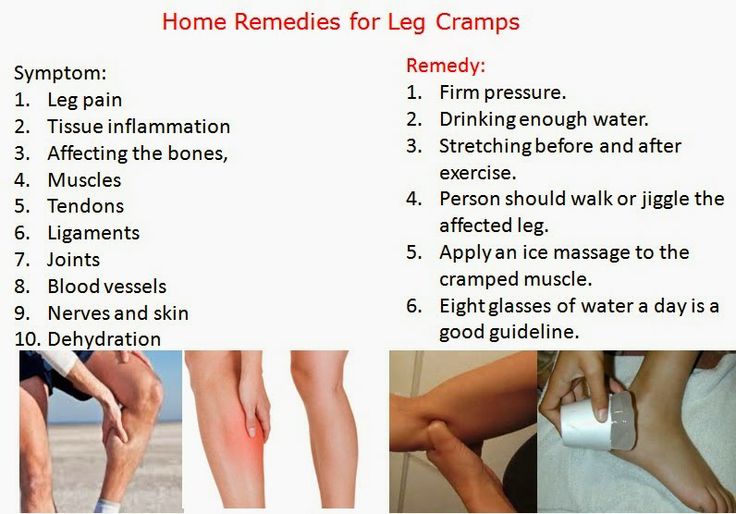 And for dancer’s feet, try Bon Vital Foot Balm. It’s designed to increase circulation, reduce swelling, and speed up blisters’ healing.
And for dancer’s feet, try Bon Vital Foot Balm. It’s designed to increase circulation, reduce swelling, and speed up blisters’ healing.
17. Stretching
Stretching can help reduce muscle tension and relieve pain. It can also help you improve your flexibility and range of motion. A TheraBand Stretch Strap is a great option for all dancers to keep in their bag for stretching on-the-go. And if you want to stretch out your back, try using a TheraBand Exercise Ball.
|
18. Improve Your Technique
Some dancers’ pains are caused by improper technique. If you feel pain after trying specific movements, ask your dance teacher to observe you and let you know if there are things you can do to improve your technique. It’s especially important to have good technique when en pointe since you’re putting so much weight on your toes!
19. Exercise
If your muscles aren’t strong enough to support your movements, you may be in pain after dance class. A TheraBand CLX Resistance Band is a great tool to increase your strength.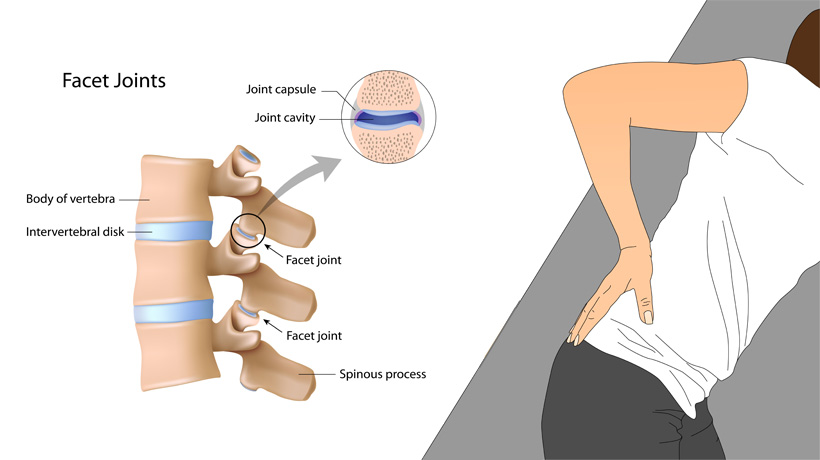 Get started with exercises to improve your turnout or general strengthening exercises.
Get started with exercises to improve your turnout or general strengthening exercises.
20. TENS Pain Relief
A TENS unit is another option for pain relief. You place electrodes around the areas of pain and electrical stimulation helps relieve your muscle pain. Learn more about using a TENS unit for pain relief!
21. Call in the experts
When in doubt, call in the experts. If you’re still in pain after trying a few of these suggestions or if your pain indicates a serious injury, it’s time to see the medical professionals, like an athletic trainer or physical therapist. They can help you find new ways to relieve your pain and prevent a minor injury from turning into something that sidelines you for a whole season. If you’re not sure if you should see a professional, talk to your parents or your dance teacher and let them know about the pain you’re feeling.
Looking for something to read next? Check out Exercises for Ballet Dancers: Improve Your Turnout!
References
- Deu, R.
 , Greene, A., & Lasner, A. (n.d.) Common Dance Injuries and Prevention Tips. John Hopkins Medicine. Retrieved from https://bit.ly/33TgJfp
, Greene, A., & Lasner, A. (n.d.) Common Dance Injuries and Prevention Tips. John Hopkins Medicine. Retrieved from https://bit.ly/33TgJfp - Dancers Foot & Ankle Injuries. (n.d.). Midwest Orthopaedics at Rush. Retrieved from https://bit.ly/3iYT0AG
- ActiveKidMD. (n.d.). Dance Discomfort: Deciding to Dial Up a Dance Medicine Specialist. ActiveKidMD Pediatrics + Sports Medicine. Retrieved from https://bit.ly/2HkE1TK
- Solomon, R. & Russell, J.A. (n.d.). Preventing Dance Injuries. Stop Sports Injuries. Retrieved from https://bit.ly/32URIkz
- Dance Related Injuries by the Numbers. (n.d.). Nationwide Children’s. Retrieved from https://bit.ly/2EvEQYY
Medical Disclaimer: The information provided on this site, including text, graphics, images and other material, are for informational purposes only and are not intended to substitute for professional medical advice, diagnosis or treatment. Always seek the advice of your physician or other healthcare professional with any questions or concerns you may have regarding your condition.
Recent Posts
Categories
Popular Posts
Subscribe toPerformance Health
Want to receive the latest education, articles, and promotions from Performance Health? Sign up now!
I'm so SORE! Tips to Soothe Muscle Soreness After Dancing – Yami Dance Shoes
Photo Credit: Diet Doctor
Sore muscles - it’s the bane of every dancer’s existence. And the thing with muscle soreness is that it never really goes away for good. That’s why when the pain strikes, you gotta take action (in this case, take a well-needed break and do something about the pain).
Even if you dance for fun, you’re still vulnerable to occasional foot pain from dancing all night. That goes, even when you’re wearing your most comfortable Yami dance shoes, the pain is rooted in repeated muscle usage and fatigued ligaments. If the muscle soreness gets so bad that you can’t lift your legs without wincing or you’re experiencing lower back pain, take it as a sign that you need to take it easy.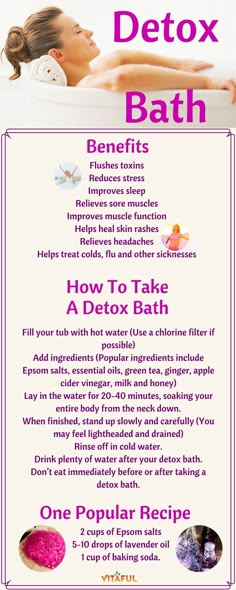
Here’s a surprise, not all aches are created equally. There are two types of muscle soreness for dancers: delayed onset muscle soreness and injury-related muscle soreness. You have to know the difference.
Delayed onset muscle soreness, aka the “doms,” happens 6 to 48 hours after performing moderate physical activities, like dancing for a few hours, working out after skipping it for a week, or trying a new workout or routine that worked different muscle groups than usual. Doms is harmless and normal. The muscle soreness should go away within a week or less. Athletes and anyone who’s into fitness often suffer from doms.
On the other hand, injury-related muscle soreness will require immediate medical attention. If you see bruises, swelling, or you’re feeling a sharp pain in specific parts of the body after dancing, you are injured, and you need to have it checked by your doctor or physiotherapist for treatment.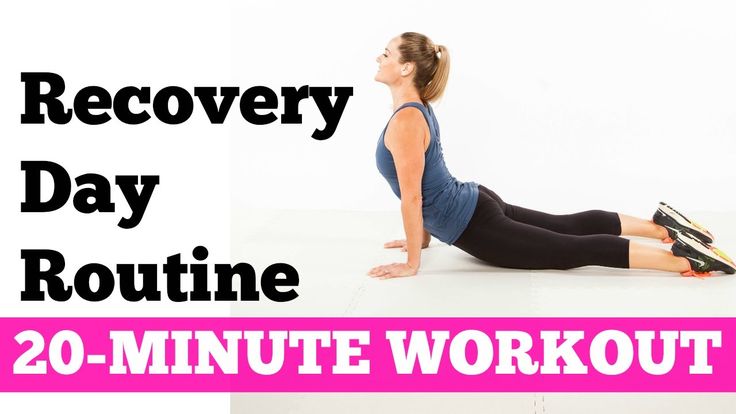
There are many reasons why dance injuries occur. Dancing is a physically demanding activity. Even if you’re only dancing for a few hours, you are vulnerable to injuries because of the repetitive movements.
If you are dancing competitively or a dance instructor, the repetitive movements lead to stress fractures and injuries. Since professional dancers spend less time to recover in between rehearsals + the floor is hard and slippery, the studio is cold, you keep wearing high heels, and you’re vitamin deficient - all these will increase your risk of injury-related muscle soreness. Don’t ignore the pain because it might worsen.
6 Tips to Soothe Muscle Soreness After DancingThankfully, there are so many ways of soothing minor aches and pains caused by social dancing. Here are some tips:
Photo Credit: Self
Warm-Up Exercises: Performing light stretches before dancing helps condition the muscles for the activity. Again, dancing is a physically demanding activity, so you have to warm the muscles up to prevent soreness and possibly, an injury.
Again, dancing is a physically demanding activity, so you have to warm the muscles up to prevent soreness and possibly, an injury.
Photo Credit: John Way
Magnesium Sprays: Magnesium sprays helps relieve muscle soreness quickly. This product can be applied to the skin, and it works quickly. To get rid of the stickiness, wipe the excess product with wet wipes.
Photo Credit: Health Cleveland Clinic
Pain Relief Cream: From Bengay to Tiger Balm, pain relief creams soothe tired, aching muscles while warming the skin. These products are available at local pharmacies and are easy to apply. We highly suggest massaging the cream onto the skin using light to moderate circular motion. Working the product into the skin boosts absorption and blood circulation, which speeds up muscle recovery.
Photo Credit: Everyday Health
Heat Packs: Applying a hot compress on the affected area provides quick relief for mild to moderate muscle soreness and pain. Warming up the muscles minimizes tension that contributes to pain. It also boosts blood circulation while blocking the pain receptors from signaling pain to the brain.
Warming up the muscles minimizes tension that contributes to pain. It also boosts blood circulation while blocking the pain receptors from signaling pain to the brain.
Photo Credit: Tri City Appliances
Hot Showers: Just like applying a hot compress on painful areas of the body, hot showers soothe muscle pain and soreness too. The heat relaxes stiff, tight muscles while also minimizing pain. Turn up the shower, and the water pressure works as a massager of sorts, applying targeted relief to the affected area.
Photo Credit: Anschutz Wellness
Light Workout: It seems counter-intuitive to work out the sore area, but light cardio, yoga, pilates, or aerobic exercises get the blood pumping, eliminating muscle tightness and soreness while flushing toxins within the muscles. Of course, do this with caution. Always listen to your body. If you are feeling pain or the soreness is affecting your form, stop immediately and try again the next day.
Muscle soreness and pain are a part of a dancer’s life, and this goes even if you’re just dancing for fun.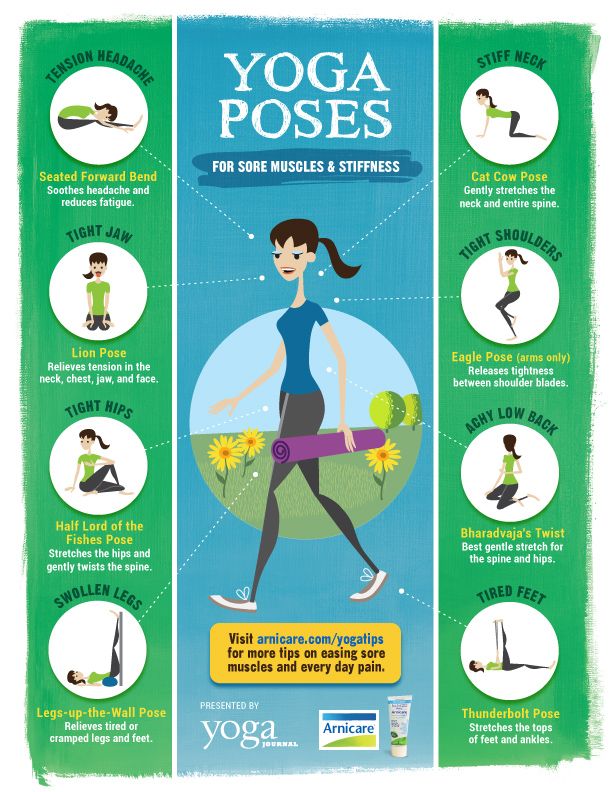 A great way to prevent pain caused by muscle soreness is wearing the right shoes. Yami dance shoes are designed for dancing. Our shoes boast strategically placed cushions that absorb peak impact. Along with sturdy heels and supportive features, the cushioned insoles let you dance longer in heels without pain! Click here to snag the perfect pair!
A great way to prevent pain caused by muscle soreness is wearing the right shoes. Yami dance shoes are designed for dancing. Our shoes boast strategically placed cushions that absorb peak impact. Along with sturdy heels and supportive features, the cushioned insoles let you dance longer in heels without pain! Click here to snag the perfect pair!
How to relieve muscle pain after training: expert advice?
January 3, 2020
February 8, 2021
5 minutes
76576
ProWellness
Contents
- Causes of muscle pain after exercise
- Severe pain
- How to avoid?
- How to get rid of post-workout natural pain?
- How to eliminate pain caused by muscle microdamages?
- How to prevent muscle pain after exercise?
Disclaimer
Please note that all information posted on the site Prowellness is provided for informational purposes only and is not a personal program, a direct recommendation for action, or medical advice.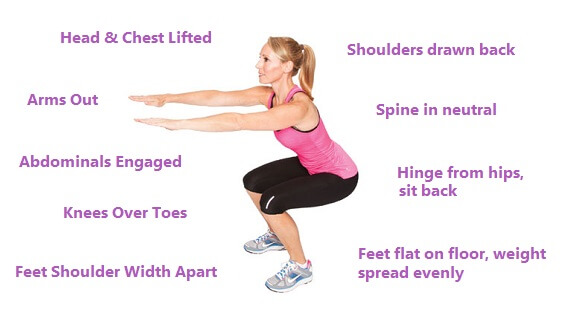 Do not use these materials for diagnosis, treatment, or any medical procedure. Consult your physician before using any technique or using any product. This site is not a specialized medical portal and does not replace the professional advice of a specialist. The Site Owner is not liable to any party who has suffered indirect or direct damage as a result of misuse of materials posted on this resource.
Do not use these materials for diagnosis, treatment, or any medical procedure. Consult your physician before using any technique or using any product. This site is not a specialized medical portal and does not replace the professional advice of a specialist. The Site Owner is not liable to any party who has suffered indirect or direct damage as a result of misuse of materials posted on this resource.
How to relieve muscle pain after training: expert advice?
In order for the body to be in good physical shape, it needs regular exercise. However, training, especially for beginners, is accompanied by muscle pain. It also appears in venerable athletes during intensive training.
Post-workout pain is one of the reasons novice athletes refuse to go to the gym. There are those who consider pain a sign of the effectiveness of training and muscle growth. However, experts are of the opinion that its appearance indicates a violation of the technique of performing exercises.
Causes of muscle pain after exercise
During the first sports activities, 2 types of muscle pain are observed:
- occurring during exercise;
- occurring during the most difficult repetitions of exercises.
In the first case, the appearance of pain is associated with the decomposition of adenosine triphosphoric acid (ATP) in muscle tissue and blood. As a result, the blood acidifies, and a burning sensation occurs, which quickly passes.
In the second case, pain occurs 6-8 hours after training and increases, reaching a maximum after 14-20 hours. It is caused by unusual or excessive physical activity due to microscopic damage or rupture of muscle fibers.
Attention! If there are many injuries, then the growth of muscle tissue slows down. The reason is that amino acids are required to build muscle mass. However, when injured, they are consumed to heal injuries.
Severe pain
The two above types of pain are natural. Severe, aching pain, which is a consequence of an injury and appears during or the next day after training, requires special attention. It is aggravated by any load, and with sudden movements it can become unbearable.
Signs of such an injury are:
- redness;
- general malaise;
- tissue edema;
- bruising;
How to avoid?
The leading cause of injury in the gym is negligence. You can avoid them if you follow the rules:
- always start your workout with a warm-up;
- stop exercising on simulators if pain and discomfort are felt;
- during strength training, choose a feasible weight;
- stop exercising if there is a crunch or clicking in the joints.
How to get rid of post-workout natural pain?
To eliminate the first type of pain associated with physical activity, you can repeat the exercise that caused it with a more gentle load. So you "relieve" muscle stiffness and cause increased blood flow to the muscles.
Attention! Pain in the muscles of the legs and lower body is eliminated by performing cardio exercises. You can get rid of discomfort in the muscles of the upper body during yoga or doing exercises with your own weight.
How to eliminate pain caused by muscle microdamages?
To remove pain of this nature, more drastic measures are required:
- The transition to proper nutrition. After intense exercise, muscles require amino acids and glycogen, which are present in proteins and carbohydrates. You should also drink at least 2 liters of water to prevent dehydration and help flush out toxins from the body.
- Good sleep. Muscle recovery requires at least 8 hours of sleep a day. This will allow you to restore strength and prepare for new workouts.
- Massage. Even a short procedure will help relieve muscle clamps and relieve pain.

- Hot treatments. A hot bath or sauna dilates blood vessels, improving blood flow to the muscles.
How to prevent muscle pain after exercise?
The recommendations are quite simple:
- do not overload the muscles;
- start your workout with a warm-up and end it with stretches and light exercises that will involve all muscle groups;
- do not train through pain, as such training is not effective for gaining muscle mass.
In the latter case, you should not completely refuse to visit the gym, you just need to reduce the load.
Disclaimer
Please note that all information posted on the site Prowellness is provided for informational purposes only and is not a personal program, a direct recommendation for action, or medical advice. Do not use these materials for diagnosis, treatment, or any medical procedure. Consult your physician before using any technique or using any product.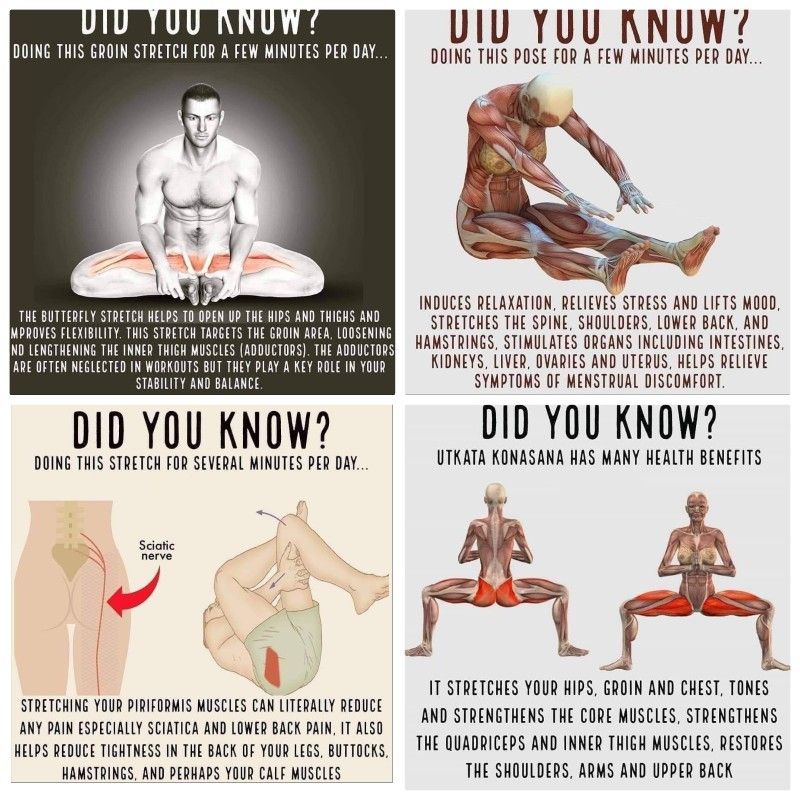 This site is not a specialized medical portal and does not replace the professional advice of a specialist. The Site Owner is not liable to any party who has suffered indirect or direct damage as a result of misuse of materials posted on this resource.
This site is not a specialized medical portal and does not replace the professional advice of a specialist. The Site Owner is not liable to any party who has suffered indirect or direct damage as a result of misuse of materials posted on this resource.
Expert: Anton Losev Ambassador/Fitness Expert of Siberian Wellness Company
Reviewer: Ekaterina Vorobieva Adept of a healthy and active lifestyle
Read other articles on similar topics
sports muscle pain after training types of muscle pain muscle pain
Rate the article 9002 (16 votes, average 4)
Share article
5 effective ways to relieve muscle pain after training
We are sure that beginners and those involved in various sports are familiar with what muscle pain is after training. These discomforts in the muscles appear after 1-2 days and sometimes cause a number of inconveniences.
Let's see why this is happening. Excessive physical activity makes the muscles work so intensely that they simply begin to suffocate (the blood does not have time to deliver oxygen to the muscle tissue).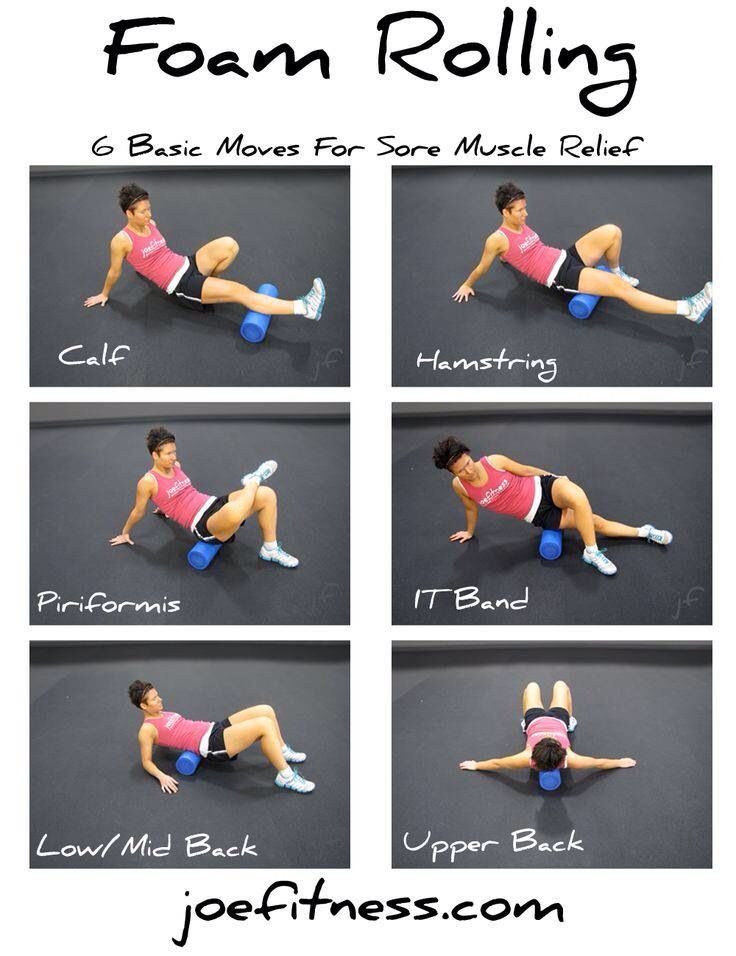 Anaerobic processes lead to the breakdown of glucose, and when broken down, glucose breaks down into lactic acid. It is she who accumulates in the muscles while you are doing the exercises, and provokes irritation of the nerve endings, as it does not have time to be washed out by the bloodstream.
Anaerobic processes lead to the breakdown of glucose, and when broken down, glucose breaks down into lactic acid. It is she who accumulates in the muscles while you are doing the exercises, and provokes irritation of the nerve endings, as it does not have time to be washed out by the bloodstream.
How to help the muscles during this period? Pantry Health has prepared the top 5 most effective ways:
1. Applicators and massage mats. Many people know about the benefits of massage, such products act on the principle of self-massage and help to feel energetic and improve the general condition of the body. For the effectiveness of the impact on different muscle groups, we recommend that you take a closer look at the Kuznetsov applicator (mat + roller). Just 5-10 minutes of massage relieve fatigue and give you a boost of energy that is enough for the whole day. This is a natural, fast and effective way to regain lost strength, which you can try today.
How to use the applicator after training:
- Lay the acupuncture mat on a bed or any other flat surface.

- Place a pillow or rolled towel under your neck for comfort
- Lie in a comfortable position so that the needle surface is in contact with the skin.
- Relax and breathe deeply.
- In the first 1-3 minutes, a feeling of discomfort and a slight burning sensation is possible, which then, with the acceleration of blood circulation, will turn into a pleasant sensation.
- If you experience pain, place a thin cloth on the mat. After several procedures, try to remove it.
2. Kinesio tapes. This convenient method of muscle relaxation is actively used by professional athletes. With the help of such adhesive-based cotton tapes, it is possible to achieve muscle relaxation, which significantly speeds up the recovery process after bruises and dislocations. Also, this patch is used to treat joint problems and is used in cosmetology to smooth wrinkles.
Kinesio tape lifts the skin over the underlying tissues and nerve endings, thereby reducing pain.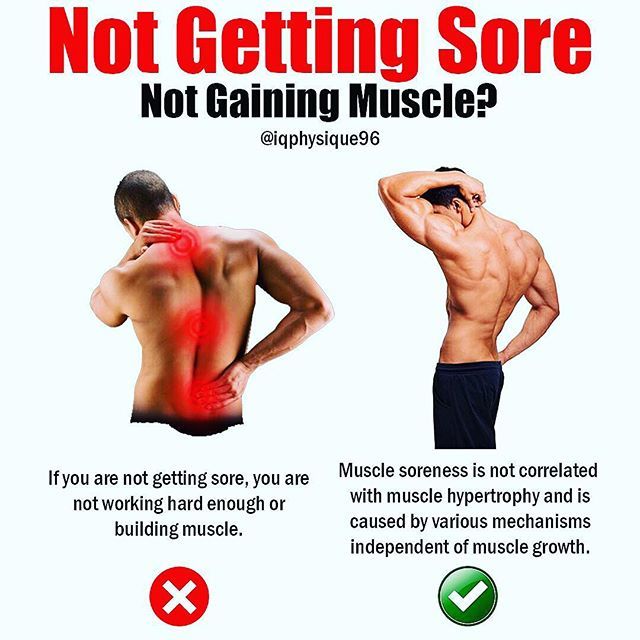
 You can point and flex while you're stretching because the material is flexible and allows you to move around while you work. I use this a lot before technique class and it has really helped in increasing my hip flexibility and helps my core maintain my turnout. I HIGHLY recommend this product for the aspiring professional ballerina.” -Sydney Magruder, Amazon Customer
You can point and flex while you're stretching because the material is flexible and allows you to move around while you work. I use this a lot before technique class and it has really helped in increasing my hip flexibility and helps my core maintain my turnout. I HIGHLY recommend this product for the aspiring professional ballerina.” -Sydney Magruder, Amazon Customer


